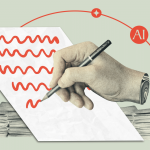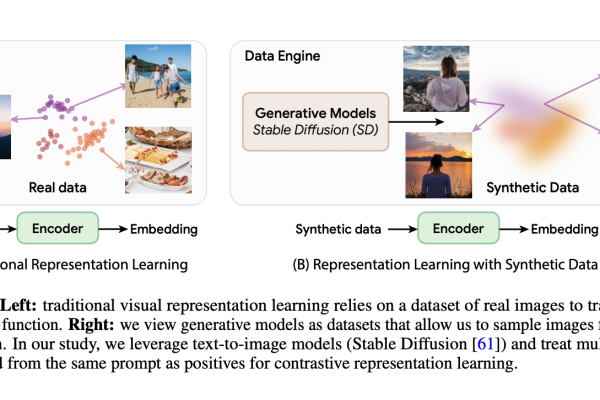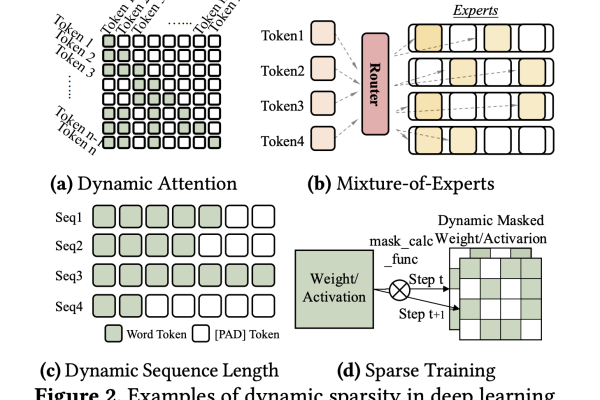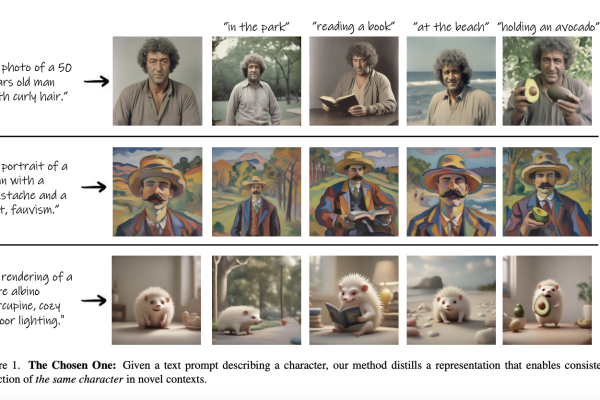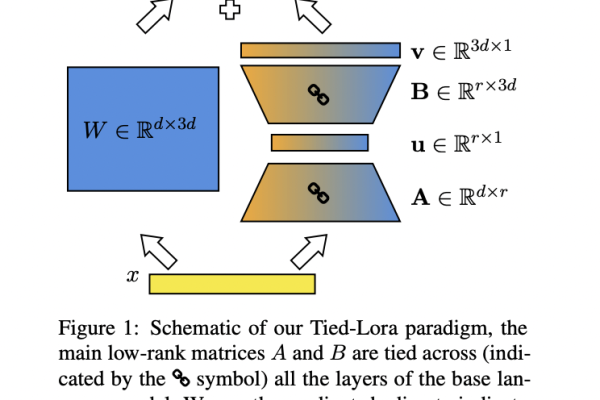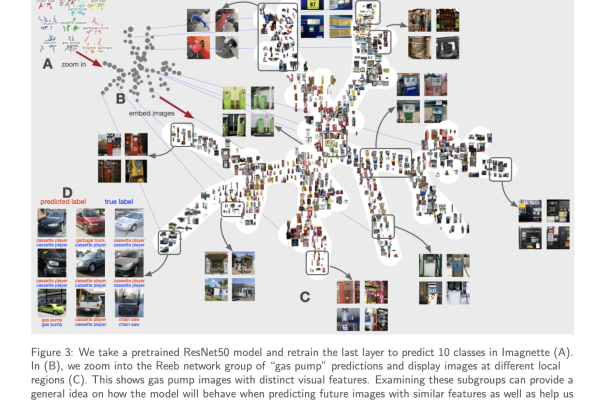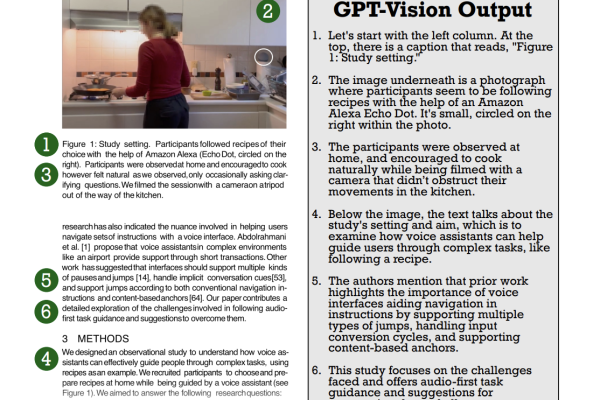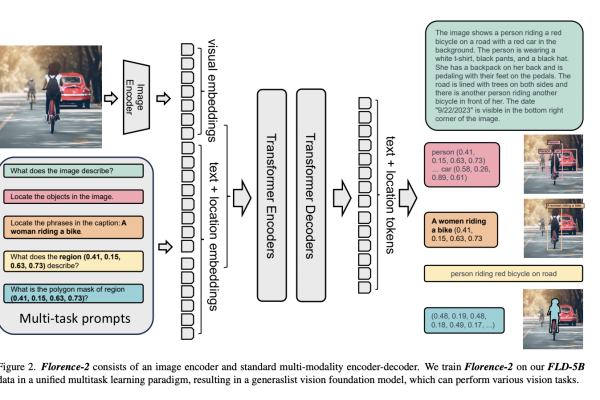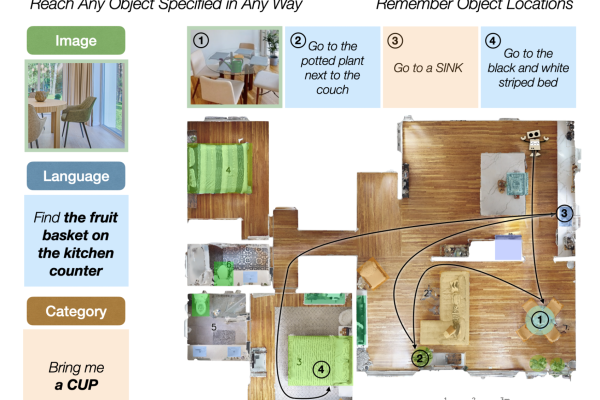
Researchers from University College London Introduce DSP-SLAM: An Object Oriented SLAM with Deep Shape Priors
In the quickly advancing field of Artificial Intelligence (AI), Deep Learning is becoming significantly more popular and stepping into every industry to make lives easier. Simultaneous Localization and Mapping (SLAM) in AI, which is an essential component of robots, driverless vehicles, and augmented reality systems, has been experiencing revolutionary advancements recently. SLAM involves reconstructing…


